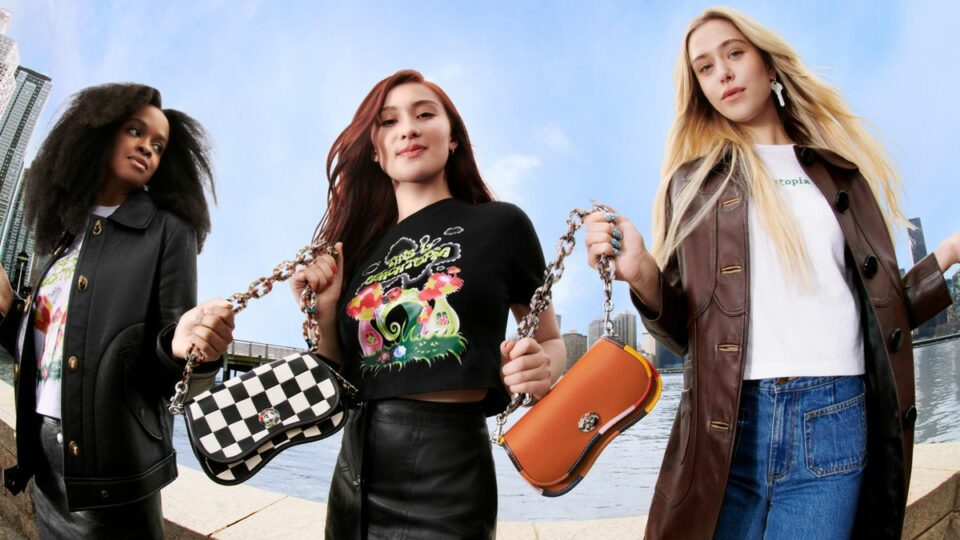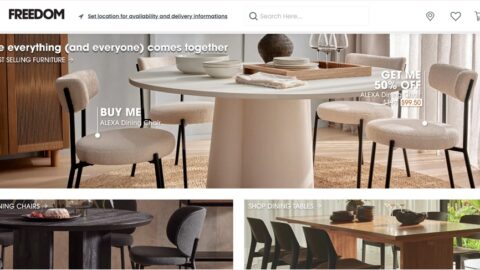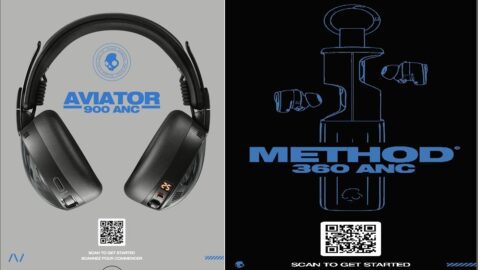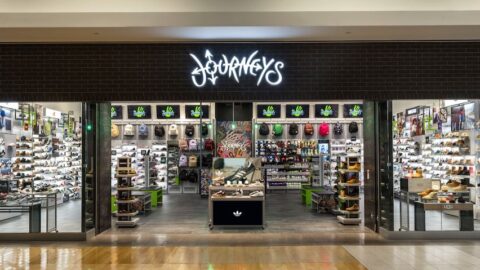In the U.S. alone, up to 85% of all textiles end up in landfills every year, largely driven by inefficient and outdated practices during the product design and development stages. At the same time, global consumption of fashion has increased by 400%, while overall usage of products has dropped by about 40%.
These are all realities that Coach has had to face head on as one of the top fashion and leather goods brands in the world. The brand has worked for many years to improve the sustainability of its operations and mitigate its environmental impact across the value chain. While these efforts, including the Coach Re(Loved) repair and refurbishment initiatives, have been critical, they weren’t sufficient, explained Joon Silverstein, SVP of Global Marketing, Creative and Sustainability at Coach and Head of Coachtopia during the Retail Influencer CEO Forum in New York City.
Through the creation of Coachtopia, a new brand that operates separately from the core Coach business, the brand is tapping into its rich legacy while embracing a start-up mentality to completely rethink the way fashion items are designed, crafted and recycled.
“Fundamentally, we needed to address the core challenge of fashion, which is that it is a linear and unsustainable system,” Silverstein said. “We had to face that realization head on, that Coach is part of that linear, unsustainable system contributing to climate change. And therefore, the only way to truly transform our impact was to rethink the end-to-end system; to go outside the linear system and think about how to reimagine it in a circular way.”
Although Coachtopia has only existed since April 2023, the brand has made a big splash and has helped Coach stand out as a pioneer in the circular fashion industry. And it also quickly is becoming a fan favorite among Gen Z consumers.
With sights set on growth, Coachtopia is ensuring its approach to circularity is clear, impactful and scalable. The business currently operates as a separate sub-brand so it could operate as a startup and “think radically about rethinking the system and ways of working to pioneer circularity,” Silverstein said. But the goal ultimately is to apply and scale these learnings so Coach can be circular too.
“As we develop learnings and scalable processes that will feed back into Coach and Coachtopia, we’ll move on to tackle additional problems,” Silverstein said. “The whole purpose is eventually to move Coach and the overall industry.”
Creating a Brand that Gen Z Loves
Aesthetically, Coachtopia is a brand designed for Gen Z. Colorful charm necklaces are reminiscent of summer camp art projects and the brand’s “Wavy Dinky” handbag comes in a range of out-there patterns — from cherries to mushrooms and checkerboard. But this “fun and cool” vibe isn’t the only draw for Gen Z, according to Silverstein. Coachtopia aims to create a “more hopeful vision” that relies on Gen Z’s active participation to grow and thrive.
“The way we engage Gen Z is part of the brand’s success,” Silverstein said. “We always think about the ‘what’ and the ‘why,’ but the ‘how’ is equally important to us. And it’s powered by community. Since the earliest days, when Coachtopia was just a nugget in our brain before we even named it, we had engaged a growing group of Gen Z across all walks of life: Designers, climate activists, journalists, filmmakers, entrepreneurs, fashion enthusiasts, people who care. And we’ve been pressure testing and involving them and co-creating with them at every step.”
Coachtopia partnered with JUV Consulting, a Gen Z consulting agency, to better engage and resonate with Gen Z communities. The brand taps these community insights to garner feedback and perspectives that will drive the future of the brand. This “holistic community” also has become a powerful platform for change. In fact, Coachtopia is investing in talent by creating circular design scholarships like the Coachtopia Catalyst Fund, which was designed to support emerging sustainability non-profits led by the Gen Z community.
Developing Consistent, Scalable Processes for Circular Fashion
Silverstein admitted that “circularity” has become an industry buzzword with inconsistent definitions, which means it could lose value and impact over time. That’s why the Coachtopia team focused on establishing a clear definition of circularity that would drive product development, marketing and any form of customer communication. “It was really important to us that we defined what we meant by circularity, so our customers knew exactly what it meant too,” she explained.
Coachtopia established the Made Circular design principles to inform how the brand designs, crafts and reuses its products:
- Principle 1: Craft with recycled, repurposed or renewable materials
The creation of new virgin raw materials accounts for more than 38% of fashion’s greenhouse gas use, Silverstein shared. “We’re starting with the problems in our backyard, and we’re taking the waste we generate as a brand at Coach and using our creativity to reconsider that waste as a valuable raw material in new products.”
As a leather brand, Coactopia is prioritizing leather waste by taking all the extra scraps from new bag creation and using these small, sometimes uneven scraps of material for new product creation.
- Principle 2: Design for multiple lives
“We learned from Coach (Re)Loved that if we are to scale circularity, we have to design for circularity,” Silverstein said. “That means we have to design things that can be more easily repaired, disassembled, unmade and remade. You have to think about how materials come together to allow for end-of-life recycling.”
As an example, Silverstein explained how typically, handles are sandwiched in between the shell and lining of a bag so you don’t see the hardware. That means when the handle starts to wear, it takes highly skilled labor and a lot of time and money to repair it. But Coachtopia is challenging these practices and reinventing them, so it is easier to repair and resell worn products.
“Now, imagine if, instead of sandwiching the hardware and the handles between the lining, you had them top-applied and screw-applied with removable screws so that when [items] came back for repair, it took only minutes to get a part. But the reason [brands] don’t do that today is because it’s considered unrefined to show the back of hardware. We’re challenging those notions.”
- Principle 3: Scaling circular pathways
“We have to make sure that we will take back every single product from Coachtopia regardless of age or condition,” Silverstein said. “But we also have to know what we’re going to do with that product when it comes back; that we have a scalable pathway for those products to stay in circulation or to be reimagined for a second life.”















